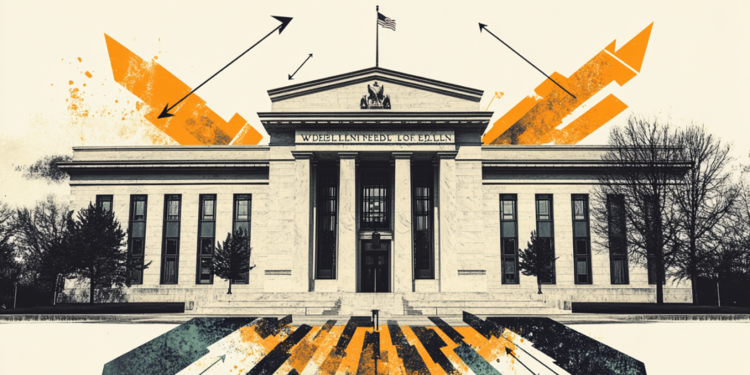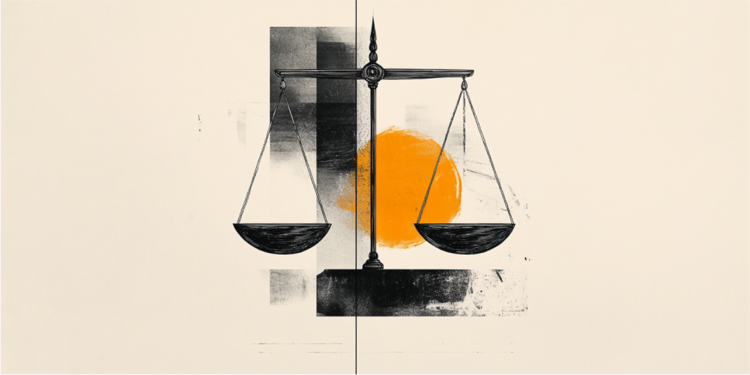Chilean mule driver Sergio Catalán was the first person to meet survivors of the “tragedy of the Andes”, the 1972 plane crash portrayed in the film “The Snow Society”.
He remembers that he thought that Roberto Canessa and Fernando “Nando” Parrado, two of the survivors of the plane crash, who climbed the Andes mountain range for 10 days in search of help, were people who were “just hanging out”.
They were part of the 16 survivors of the accident that occurred on October 13, 1972, when Uruguayan Air Force Flight 571, bound for Santiago, Chile, crashed in the Andes Mountains with 45 people on board, including 19 members of Christian Bross, a school rugby team from Uruguay.
In total, 29 passengers died, some immediately and others as the days went by. The 16 living people spent more than two months in the snowy Andes mountains and managed to survive by organizing a “society” and even a diet based on human flesh.
But there was one more fundamental factor for everyone's survival: Chilean Sergio Catalán.
Catalán's character appears briefly in the Netflix film “The Snow Society,” which is based on the tragedy.
He is the first person Canessa and Parrado meet at the creek after 72 days, and a bond was forged between him and the survivors that lasted decades. This is his story.
Sergio Catalán, the drover who saved 16 lives
When Canessa and Parrado separated from the group in search of help, the survivors had already been trapped in the Andes Mountains for almost two months.
They decided to separate from the others because it was their only chance of survival, as they had heard on the radio that authorities had suspended search efforts.
After 10 days of climbing the mountain, they reached the peak of a mountain and passed through it. Once there, they went from a snowy landscape to one full of life, according to Canessa, in 2020, on the Uruguayan program Informal Breakfasts.
“We came from the mountains, from the glacier, where there is no life. And you go back: first you see water, then you see grass, then a lizard, then you see cows… but the man is missing”, said Canessa, who was 19 years old at the time of the accident and is now a cardiologist.
“You [se pergunta:] really achieved civilization? We were missing the man,” she added.
Sergio Catalán, who passed away in February 2020, was working at the time when he saw the two survivors of the “tragedy of the Andes”. The Chilean was a mule driver and was with the cattle when he saw the Uruguayans.
“First, when I saw them, I was rounding up the cattle, but I thought they were people just out for a walk. Later, when I saw them running closer, almost to the point of shouting at me, they did [sinais] with their hands, but I didn’t understand what they were saying,” Catalán explained in a 1972 interview with Televisión de Chile, included in the documentary El arriero, on the YouTube channel Contacto.
Canessa and Parrado were unable to approach Catalán because of a natural obstacle: a stream that prevented them from crossing to the side where he was.
In reality, it was not a wide stream, but the fast current prevented passage. Furthermore, the noise of the chain was strong, meaning that the Uruguayans' words were not heard.
“They had nothing to communicate with. Anything. They didn’t have paper, they didn’t have pencils”, Catalán highlighted to Contacto, in an interview in 2011 that was included in the 2013 documentary.
Catalán went to a friend to get some paper and a pencil, and gave both things to Canessa and Parrado so they could write a note and find out what was happening.
And the story he read in that note is the incredible odyssey we all know today as the “tragedy of the Andes.”
The note of the “tragedy of the Andes”
This note was written by Parrado. Some of the words he wrote were as follows:
“I come from a plane that crashed in the mountains, I'm Uruguayan, we've been walking for 10 days, I have an injured friend up there[Canessawhodidn'tgodowntothebankofthestreambecauseofaninjuryandbecausehewasveryweak[Canessaquenãodesceuparaamargemdoriachoporumferimentoeporestarmuitofraco
“Fernando
Thus, Sergio Catalán left his activities to help them. He traveled 120 kilometers on horseback to report that he had found two survivors of a plane crash.
Catalán, who was on the Chilean side of the mountain range, traveled “all day and one night” with the note to take it to authorities, Contacto said. It took 10 hours on horseback to deliver the ticket to the Carabineros in the city of Puente Negro.
At first, authorities believed he was drunk, but “Nando” Parrado's note was conclusive proof that he was telling the truth, so they went in search of the two Uruguayans.
Catalán saw Canessa and Parrado for the first time on December 21, 1972. The mule driver dedicated the entire day to notifying the authorities.
On December 22, helicopters arrived at the crash site where the remaining 14 survivors were. Rescue efforts, says Contacto, took two days due to bad weather conditions.
Unbreakable bond
Canessa told Informal Breakfasts that, despite years having passed after the rescue, a good relationship was maintained with Catalán, to the point of sharing several meetings and forging an unbreakable bond that lasted decades.
In turn, Carlos Páez, another of the survivors of the accident and whose father organized expeditions to find them, said that Sergio Catalán was like a father to the entire group.
“It's a difficult time, because a chapter in our history is closing and for us he was like a father. We have had a bond over these 47 years, permanent and over time”, commented Páez to CNN Chile after Catalán's death, aged 91.
Sergio Catalán, “a great man with a great family. We owe him our lives,” he added.
*with information from Darío Klein and Karen Esquivel, from CNN.
Source: CNN Brasil
Bruce Belcher is a seasoned author with over 5 years of experience in world news. He writes for online news websites and provides in-depth analysis on the world stock market. Bruce is known for his insightful perspectives and commitment to keeping the public informed.







